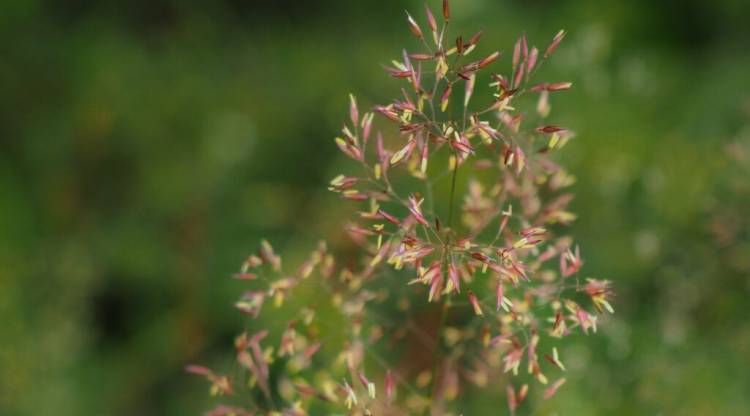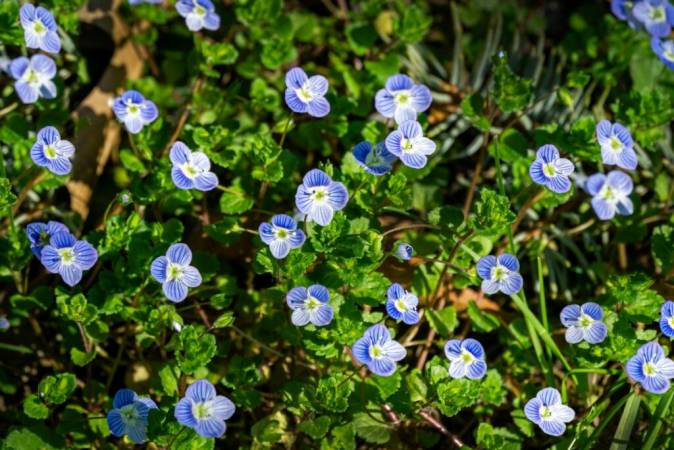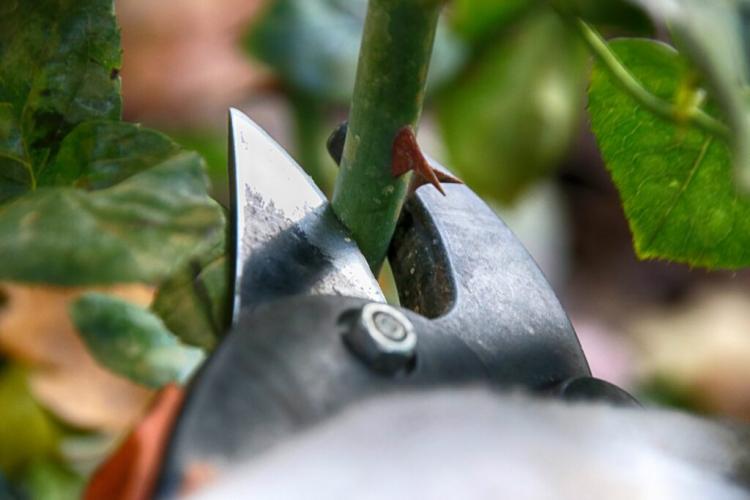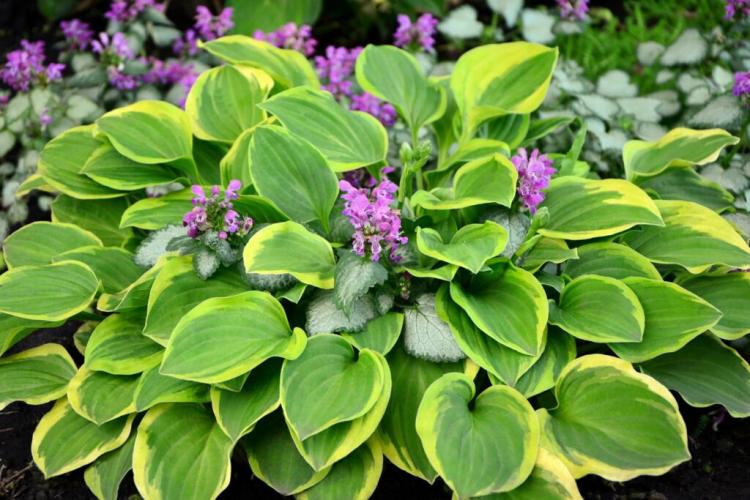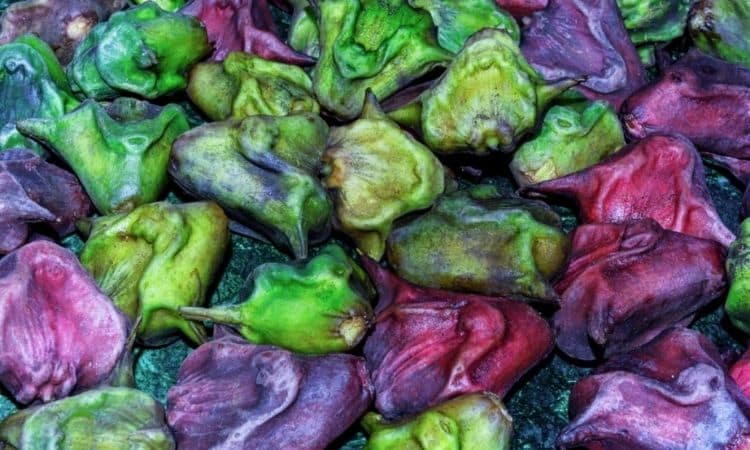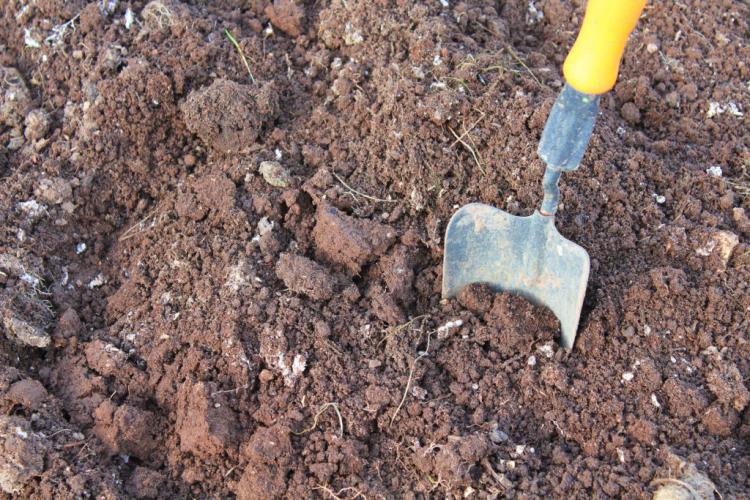Agrostis Capillaris: Properties And Uses Of Common Bent Grass
A fine and delicate lawn with dense sward and that in the shade too? No problem for the all-rounder Agrostis capillaris! With its dense foliage, the common bent grass survives many a discomfort and is quite undemanding.
Agrostis capillaris: origin and description
Table of Contents
The common bentgrass ( Agrostis capillaris ) is used for adverse conditions and therefore feels extremely comfortable even in the rough areas of the Alps. After all, the grass species penetrates up to an altitude of 2700 meters. But otherwise, the common bentgrass grows naturally in large parts of western Eurasia. This representative of the ostrich grasses ( Agrostis ) is widespread in the USA. It thrives along river banks, on chalky or damp soils, and in sparse oak and pine forests. The undemanding grass also grows on dry grass.
It copes well with sandy soils, few nutrients, and acidic forest soils and grows to about 20 centimeters high. In June the characteristic panicles of flowers appear, which at heights of up to 65 centimeters appear like delicately reddish shimmering clouds. Thanks to their fine and dense leaves, the grass plants form a nicely closed sward. In combination with the good shade tolerance, this makes it an important part of the shaded lawn. Underground and creeping shoots close the gaps that often appear in shady areas. In addition, the grass can reproduce optimally through the runners. The high resistance of the plant is also remarkable. Agrostis capillaris tolerate a few nutrients, drought, and a deep cut without any problems.
Properties and uses of the common bentgrass
Due to its high resistance, the common bentgrass can often be found on the mountain meadows and alpine pastures of the Alps. There it serves grazing animals as tasty feed. But Agrostis capillaris is also popular in milder climates. The intense green and the fine leaves are a visual enrichment for many lawn seed mixtures. In addition, the grass has good tolerance to shade. For these reasons, you will also encounter the common bentgrass in shadow lawn.
In addition, the grass is a welcome component of golf turf and can even be found in many turfs due to its very well-tolerated and dense turf. The grass survives even longer periods of drought and can close any gaps on its own. So lawn repairs are rarely necessary. So it’s no wonder that the common bentgrass is ideally suited for sowing lawns. Under suitable conditions, however, the grass tends to displace other types of grass, which is why it is widespread in many parts of Europe. For this reason, Agrostis capillaris is only added to shadow lawn to a small extent.
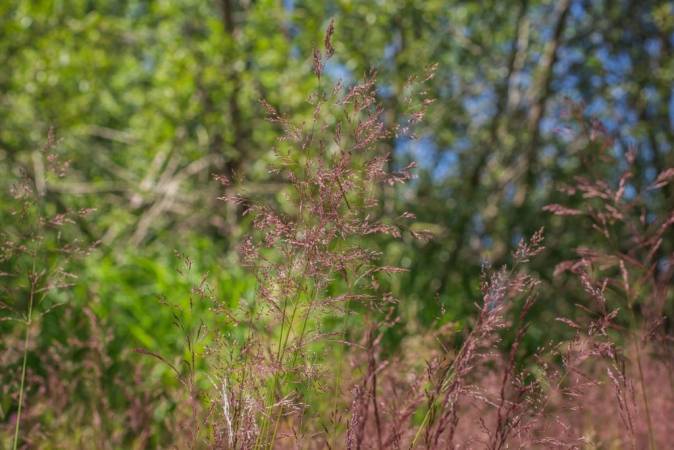
Different varieties of Agrostis capillaris
The varieties ‘Jorvik’, ‘Barking’ and ‘Heriot’ are ideal for ornamental lawns. All three form a dense sward and can also handle deep cuts. While ‘Barking’ and ‘Heriot’ turn green very early in the year, the ‘Jorvik’ variety lags a bit behind. Instead, their green is darker than that of the other two varieties. The ‘Highland’ variety, on the other hand, does not fit well into the lawn in the garden, as it does not grow quite as densely and does not tolerate deep cuts very well.
Common bentgrass
| features | Runners; dense growth; reddish panicle; intense green leaves |
| Expectations | Quite undemanding; rather nutrient-poor, dry and moist soils |
| Durability | Well; forms dense sward; good regenerative capacity |
| use | Shadow lawns like shadow lawn seed mix; Turf; Golf turf; as a forage grass |
| Germination time and development | About two to three weeks for germination; slow juvenile development of seedlings |
| Cutting tolerance | Very good cutting tolerance; also tolerates deep cuts |
| particularities | Slow growth in biomass; undemanding and resilient; tolerates shade |
You might so like: Common Evening Primrose (Oenothera biennis): Planting, Care The Beautiful Flower
